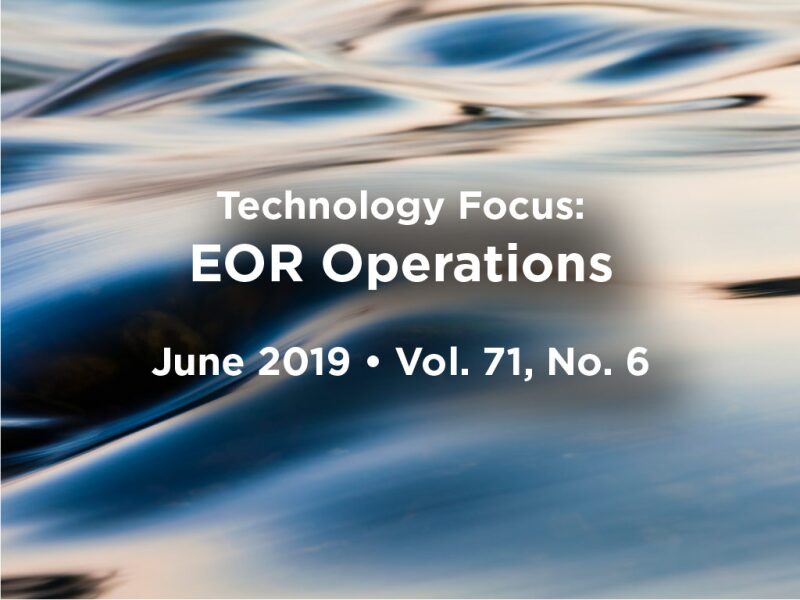In the March edition of JPT, a series of articles looked at professional pride. Reading them made me reflect on my own career and consider what have been my best moments in the industry (to date!). Back in the 1990s, I was part of an EOR group providing technical advice to the UK Department of Energy in support of their review and approval of field-development plans for the UK sector of the North Sea. The Captain field was under consideration for development. The viscous oil made it a challenging development, requiring waterflooding with horizontal injectors and producers and lifting with electrical submersible pumps.
I led an assessment of EOR for the UK Department of Energy showing that there were potentially viable polymer-injection strategies that could give substantial additional economic recovery. The Department of Energy approved the basic waterflood development but, on the basis of my team’s work, required some minimum preinvestment in facilities to enable subsequent polymer injection, including a polymer line in the bundle from the floating production storage and offloading vessel to the wellhead platform.
These facilities now have been used in very successful polymer-injection pilots, with the first results published last year. An excellent response is reported, showing that polymer can recover more oil more quickly than waterflooding. The current operator notes that the foresight of including the front-end provisions enabled the timely implementation of polymer flooding.
This is one of my best moments: to have made the technical case for polymer flooding and to see the fruits of this several decades later. As is so often the case in our industry, my contribution stands alongside those of many others in the intervening years who have made the EOR journey for the Captain field possible and now a reality.
This Month's Technical Papers
Largest WAG Pilot in Giant Al-Shaheen Field Reveals Optimization Methods
Interwell EOR Pilot Proves Advantages of Polymer Flooding
Digital Transformation Increases Value in an Omani Thermal EOR Asset
Recommended Additional Reading
SPE 190248 Miscible Hydrocarbon Gas/Oil Gravity-Drainage Pilot in the Yates Field Unit by R. Valdez, Kinder Morgan, et al.
SPE 190306 An Update on Full-Field Implementation of Chemical Flooding in Daqing Oil Field, China, and Its Future by Shize Yin, Missouri University of Science and Technology, et al.
SPE 190472 Polymer-Injection Pilots in Bhagyam Oil Field and Full-Field Polymer-Development Planning by Vivek Shankar, Cairn Oil and Gas, et al.

| Stephen Goodyear, SPE, is manager, gas flood, in Shell’s Improved Oil Recovery/Enhanced Oil Recovery (IOR/EOR) Centre of Expertise. He has 33 years of experience as a reservoir engineer, principally working in EOR. Before joining Shell in 2002, Goodyear worked for an oil and gas consultancy and, over his career, has performed a wide variety of roles, including in research and field-development planning. He is Shell’s principal technical expert for gas EOR and storage solutions and has a particular interest in next-generation CO2 EOR projects and carbon capture and storage. Goodyear holds MA and MMath degrees from Cambridge University and a PhD degree in physics from the University of Edinburgh. He is a member of the JPT Editorial Committee and can be reached at stephen.goodyear@shell.com. |


